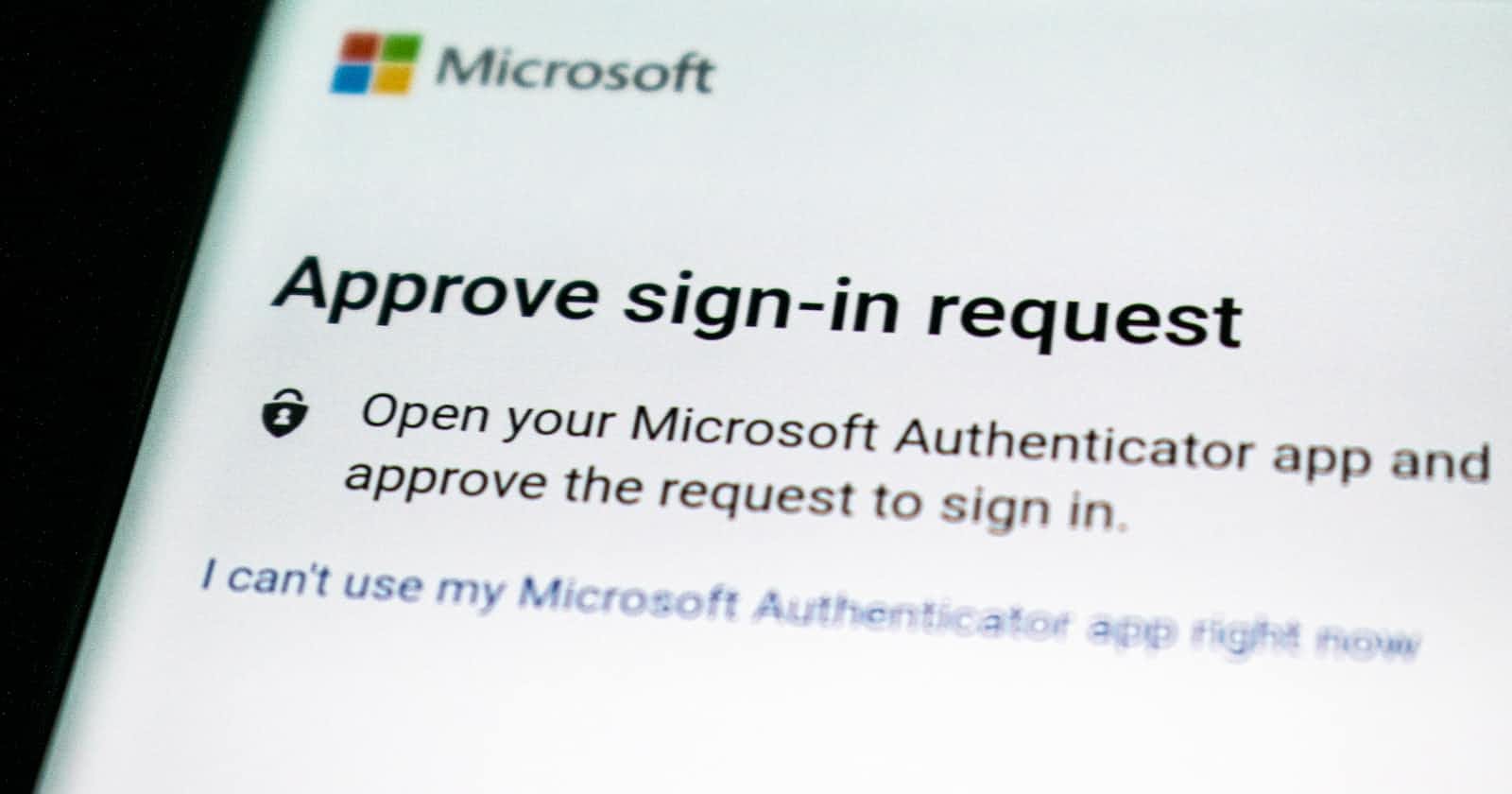Table of contents
No headings in the article.
An Overview
Single Sign-On (SSO) is a user authentication method that enables users to access multiple applications and systems with a single set of login credentials. This means that instead of having to remember usernames and passwords for each system, users can log in once and then have access to all of the systems and applications they are authorized to use. SSO streamlines the user experience by reducing the number of times a user needs to log in and helps to increase their productivity by making it easier for them to access the systems and applications they need to do their work.
The SSO process works by establishing a trust relationship between the user's identity provider (IdP) and the service providers (SPs) that the user needs to access. When a user tries to access a system or application, they are redirected to the IdP, where they log in and their identity is authenticated. The IdP then sends a digitally signed authentication assertion to the SP, which the SP uses to grant the user access. This way, the user only needs to log in once, and they can access all of the systems and applications they need without having to log in again.
Some several protocols and technologies are used to implement SSO, including SAML (Security Assertion Markup Language), OAuth, and OpenID Connect. SAML is the most commonly used SSO protocol and is widely adopted by organizations of all sizes. OAuth is a widely used authorization protocol that is often used in combination with SSO to provide a more secure and user-friendly experience. OpenID Connect is a newer SSO protocol that builds on top of OAuth and provides additional features, such as the ability to handle user-initiated SSO and the ability to support multiple IdPs.
One of the key benefits of SSO is that it helps to improve security by reducing the number of places where a user's credentials are stored. By having a single set of login credentials, the risk of password reuse and the risk of weak or compromised passwords are reduced. Additionally, because the SSO process is managed by the IdP, there is a central point of control for managing user authentication and authorization, which makes it easier to enforce security policies and monitor access to systems and applications.
Another benefit of SSO is that it can improve the user experience by making it easier for users to access the systems and applications they need to do their work. By reducing the number of times a user needs to log in, they can spend more time focusing on their work and less time managing their login credentials. Additionally, SSO can help to reduce the number of helpdesk calls related to forgotten passwords, as users only need to remember a single set of login credentials.
In conclusion, Single Sign-On (SSO) is a user authentication method that enables users to access multiple applications and systems with a single set of login credentials. SSO improves the user experience by reducing the number of times a user needs to log in, and it helps to improve security by reducing the number of places where a user's credentials are stored. There are several protocols and technologies that are used to implement SSO, including SAML, OAuth, and OpenID Connect, and organizations of all sizes can benefit from implementing SSO.


